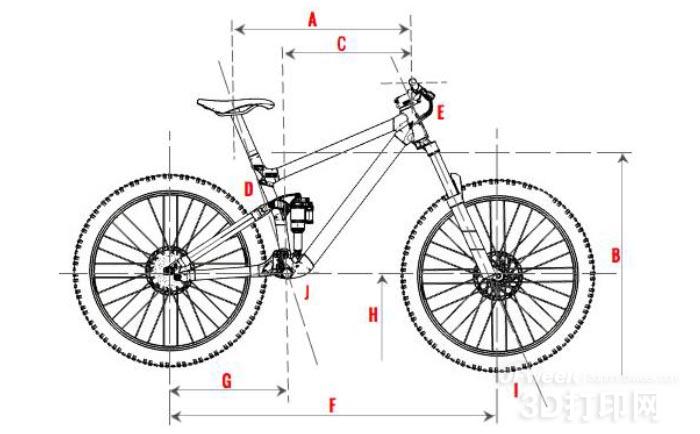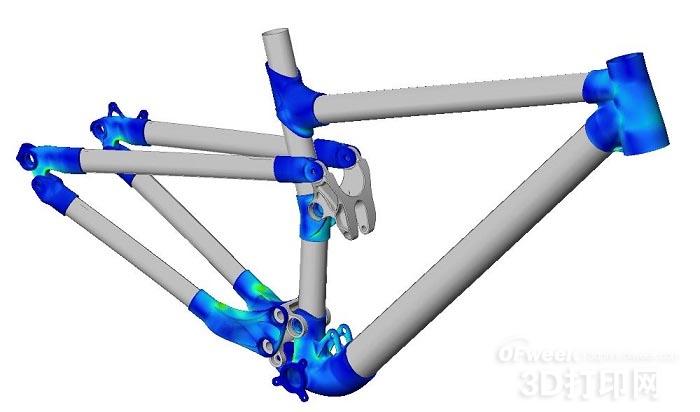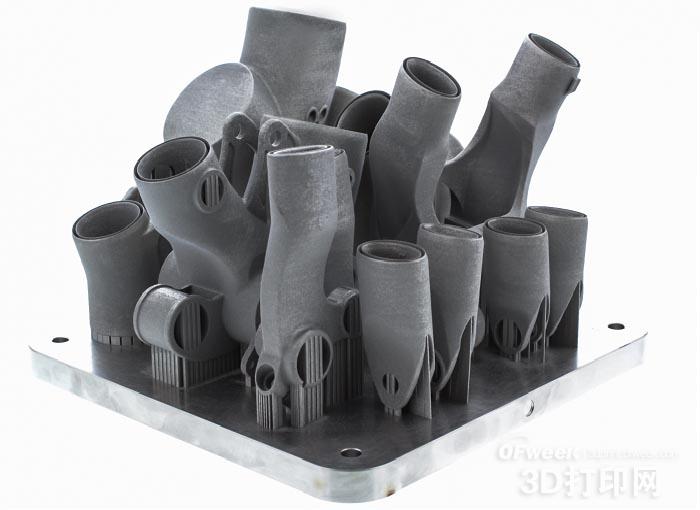Material manufacturing is often referred to as 3D printing , and this manufacturing process has many advantages over conventional manufacturing methods. For example, additive manufacturing technology eliminates the need for molds in the manufacture of products, which facilitates the manufacture of custom products in a single or small batch. Additive manufacturing technology also brings flexibility in product design: complex products, which often require many processing steps, can now be completed in one go, and can have thin-walled, deep-cavity or hidden channels that are difficult to implement in traditional ways. Inspiring the advantages of additive manufacturing technology is not the task of “self†for additive manufacturing equipment. It also needs to combine the concept of Design for AM–DFAM and the topology optimization technology of product mechanics. The British RBC company is the beneficiary of the combination of additive design concept, topology optimization technology and additive manufacturing technology. Through these technologies, they have opened up the custom business of high-end mountain bikes. teamwork ROBOT BIKE CO (RBC) is a British mountain bike company. In order to meet the customized needs of high-end users, RBC Company considers the use of additive manufacturing technology to realize the customized service of mountain bikes. The customized production of mountain bikes takes into account the customer's own weight, height, and riding style, and needs to be customized within the time and cost acceptable to the customer. The frame part of RBC's customized bicycle is made up of 8 carbon fiber tubes and 11 titanium alloy joints. Titanium alloy nodes can be customized according to the rider's own height, weight, riding style, and so on. Optimizing the design and manufacture of the frame is inseparable from the cooperation of multiple teams. The frame design and manufacturing team includes: The HiETA team has extensive experience in the design of additive manufacturing products. The team created a parametric 3D CAD model that can be quickly modified for individual custom users. The 11 titanium alloy link points and 8 carbon fiber tubes in the frame can be customized in this way. HiEAT Image Source: Renishaw Altair's design team is responsible for topology optimization of titanium joints through Altair's CAE software, including analysis of the load on each joint, adjustment of its shape and wall thickness, and proper material distribution, ultimately maintaining part performance. Based on the realization of lightweight. Image source: Renishaw Renishaw's mission is to perform metal 3D printing on every CAD model optimized for design. Design Optimization of Titanium Alloy Nodes Optimization and weight reduction In the optimization study of titanium alloy nodes, it is necessary to consider the performance requirements and the size of the mountain bike rider to find the most efficient material distribution design. Altair's solidThinking Inspire quickly introduces existing designs into a virtual environment and applies load data that the bike frame needs to withstand during use. solidThinking Inspire will use this data to create a new geometry that has the most streamlined and efficient material layout while meeting all performance requirements. In this process, the new design also takes into account the requirements of additive manufacturing techniques, including consideration of the ideal print angle and support structure to avoid component collapse during the printing process. This process is combined with the technology of the Hieta team. Simplify frame design and reduce costs In addition to weight reduction for titanium alloy joints, a more simplified frame design and lower cost are also an important task. For example, in the design of the rear lower fork, the original design is a three-part component, two of which are symmetrical titanium components and one connected carbon fiber tube. The new design of the part is a single part that meets the quality performance and manufacturing cost requirements. In designing this single component, the team used solidThinking Inspire topology optimization and Evolve's geometry building capabilities, and with the support of Hieta technology, considered the requirements for additive manufacturing. 3D printing of titanium alloy nodes Titanium alloy nodes are 3D printed by selective laser melting (SLM) technology. The CAD model was imported into Renishaw QuantAM software to determine the optimal placement and support structure for each component. The eleven titanium alloy nodes in a bicycle are placed together and manufactured simultaneously through a single printing process. Image source: Renishaw The CAD model of the 11 titanium alloy nodes combined will be sliced ​​into 2,500 print layers, each layer being 60 microns thick. The QuantAM software also defines the scan path of the laser for metal 3D printing. Image source: Renishaw Printing equipment: AM250 Eleven titanium alloy nodes perform selective laser melting of the powder material through a 200W laser to produce a dense and strong structure by melting. The melting process of the titanium alloy powder material is carried out in an environment filled with an inert gas of argon to ensure the purity, strength and durability of the titanium alloy material. After the printing is completed, the construction plates of the eleven titanium alloy nodes are taken out from the 3D printing apparatus and heat-treated. Some nodes require finishing. The titanium alloy joint manufacturing process for each bicycle is carried out under the supervision of a coordinate measuring machine. These 3D printed titanium alloy joints will be used to assemble a highly customized mountain bike after post-treatment. Jumbo Toilet Papers,Bamboo Toilet Paper,Toilet Tissue Jumbo Roll,Custom Print Toilet Paper Baoda Paper Enterprise Co., Ltd. , https://www.baodatissue.com



